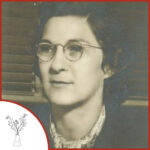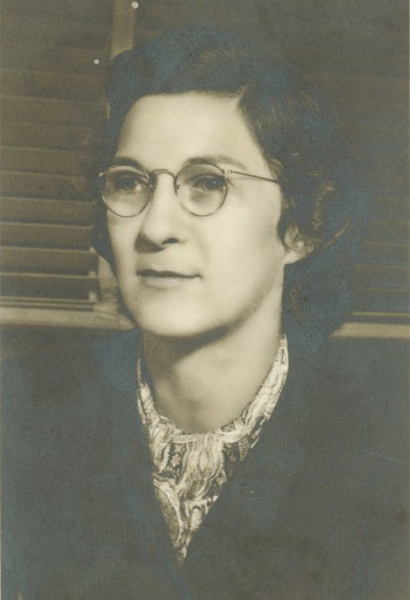

Death: January 19, 1985
Specialty: Aeronautical Engineering
Major Contributions:
One of the first human computers at NACA
Overall Supervisor of Computing
Increased airplane efficiency
Graduating with a degree in mathematics in 1930 and teaching high school mathematics for four years started Virginia Tucker on her way to becoming a role model for women in engineering fields.
Taking the Civil Service exam to try for jobs with the federal government, she was hired at the Langley Memorial Aeronautical Laboratory, the main research center for the National Advisory Committee for Aeronautics which would later become NASA.
Arriving at NACA in 1935 Tucker was one of five women hired to work in a “computer pool,” a group modeled after a steno pool, that would complete the complex calculations required to sift through huge amounts of data coming from the researchers at the lab. The work of Tucker and other computers allowed for the design and creation of better airplanes.
While the group of computers was small at the beginning it quickly grew. Traveling to colleges and universities she recruited many more women to the project. Due to her prowess at both mathematics and leadership she had been promoted to Overall Supervisor for Computing at Langley by 1946. She was responsible for the supervision of over 400 women in varying sections of the research center as well as establishing computing standards used at many NACA centers.
As work at Langley shifted after the war, Tucker left for the private sector in late 1946 moving to working as an engineer at the aeronautical startup Northrop Corporation. Her research was focused on the very thin layer of air flowing on the surface of an aircraft wing, called boundary layers, and she was able to increase aircraft efficiency. Working at Northrop for 17 years she retired in 1965 and returned to North Carolina, accepting a position as Supervisor of Instruction and Evaluation for the local school district, a role she held until she retired again in 1974.
Tucker was also a strong advocate for women in engineering and served a term as director of the Los Angeles Section of the Society of Women Engineers. She was the principal speaker in a panel discussion on women in engineering at UCLA in 1957.
Written by Angela Goad
Sources:
Trailblazing ‘Human Computer’ Virginia Tucker (class of 1930)
Spartan Stories: Trailblazing “Human Computer” Virginia Tucker (class of 1930)
Virginia Tucker Collection at Georgia Tech
See Also:
NASA: NACA Memorial Aeronautical Laboratory
Northrop Grumman: Our Heritage
The University of North Carolina Greensboro: The History of UNCG
